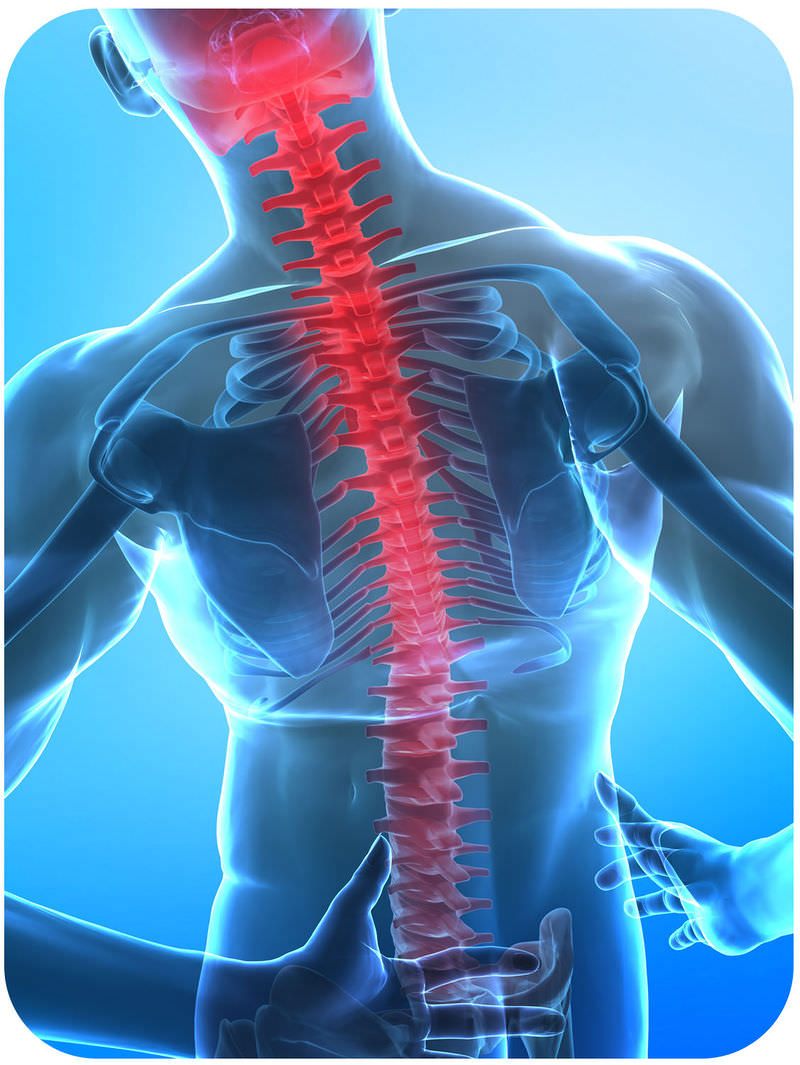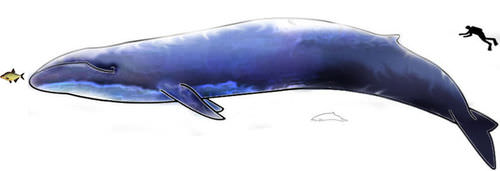10.2 Vertebrate Diversity
10.2 Vertebrate Diversity
What animals have a backbone?
You have a backbone, or vertebrate (or vertebral) column. Can you guess what other animals also have a backbone? Frogs, snakes, birds, and many other animals all have backbones. Animals that have backbones are known as vertebrates.
Introduction to Vertebrates
Vertebrates are animals with backbones. These include fish, amphibians, reptiles, birds, and mammals.
Characteristics of Vertebrates
The primary feature shared by all vertebrates is the vertebral column, or backbone. The vertebral column protects the spinal cord.
Other typical vertebrate traits include:
- The cranium (skull) to protect the brain. The brain is attached to the spinal cord.
- An internal skeleton. The internal skeleton supports the animal, protects internal organs, and allows for movement.
- A defined head region with a brain. The head region has an accumulation of sense organs.
Living vertebrates range in size from a carp species, as little as 0.3 inches, to the blue whale, which can be as large as 110 feet (Figure below).
A species of carp and an image of the blue whale (a mammal), the largest living vertebrate, reaching up to 110 feet long. Shown below it is the smallest whale species, Hector's dolphin (about 5 feet in length), and beside it is a human. These images are not to scale. The carp is greatly exaggerated in size and is even smaller than depicted when compared to the blue whale.
Classification of Vertebrates
Vertebrates, or subphylum Vertebrata, are all members of the phylum Chordata. Although there is some disagreement on how to classify animals, the traditional system divides the vertebrates into seven classes (Table below).
| Class | Common Name | Characteristics | Examples |
|---|---|---|---|
| Agnatha | Jawless fishes | No jaws or scales. | lampreys, hagfish |
| Chondrichthyes | Cartilaginous fishes | Skeletons consisting of hard, rubber-like cartilage. | sharks, rays |
| Osteichthyes | Bony fishes | Skeletons made of bone. | tuna, bass, salmon, trout |
| Amphibia | Amphibians | Spend part of their lives under water and part on land | frogs, toads, salamanders |
| Reptilia | Reptiles | Have lungs to breathe on land, skin that does not need to be kept wet, and produces a watertight (amniotic) egg. | turtles, snakes, lizards, alligators |
| Aves | Birds | Produces watertight eggs and protects eggs from predators. | ostriches, penguins, flamingos, parrots |
| Mammalia | Mammals | Nourish young with milk through mammary glands. | dogs, cats, bears, monkeys, humans |
Further Reading
Summary
- Vertebrates are animals with a backbone.
- Vertebrates include the mammals, birds, reptiles, amphibians, and fish.
Explore More
Use the resources below to answer the questions that follow.
Explore More I
- Chordates: We’re All Family at http://vimeo.com/42588192 (15:43)
- What do scientists feel was a key factor in vertebrates getting "big"?
- What advantages do big animals have over small animals?
- What advantages do small animals have over big animals?
- What did jaws allow vertebrates to do?
- What is a "larvacean"? How does it feed?
Review
- What are five examples of vertebrates?
- What are the primary feature shared by vertebrates? What is the role of this feature?
- What is the defining characteristic of the cartilaginous fish?
- What are the defining characteristics of reptiles?
- What is the defining characteristic of mammals?
- Log in or register to post comments
- Email this page


